- Messages
- 954
- Name
- Paul
- Edit My Images
- No
Before i start this thread, i have owned various Nikon bodies/lenses in the past (D7000, D7100, D700) coupled with the Nikon VR 105mm lens. These set ups did produce some nice images......but this thread is not about spending a lot of money on equipment...its about producing pleasing macro/close up images, with very little money involved!
So......Macro/Close up photography on a Budget...
1st up, an old camera which i really like to use. The Panasonic FZ50 Bridge camera! (c,mon now, no laughing at the back!). It is "old school"! Its 12 years old! It has a small 10.1 Megapixel sensor! Back in 2006, it cost over £350(GBP) brand new.
I bought this 2nd hand camera a couple of years ago, it cost me just £20. (GBP). I mainly use a Raynox 250 close up lens with it. I bought the Raynox 2nd hand for less than £30.(GBP). Using on-board camera flash, with a home made Pringles Diffuser, at a cost of approx. £5. (GBP) for various materials...So, total cost is less than £60. (GBP)...an we are good to go.
Note - Obviously Field craft/Skills do come in handy, and Ive had several years practice, shooting 1000's of UK wildlife images.
All my images are dated(when i shot them)...if ive written (uncropped) for one of my images, that means that no cropping has taken place for that image.
Some recent images then, all these images were taken, using my "Cheap as Chips" set up...as in, the Panny FZ50, Raynox 250, Pringles Diffuser.
Cheers Paul.
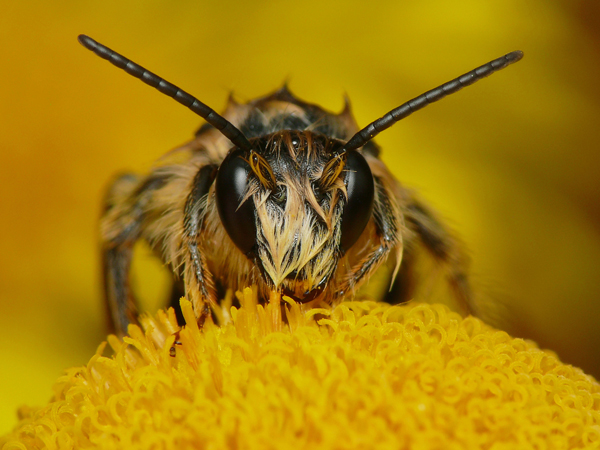 Solitary Bee, after the rain! (garden photo). 23rd-July-2017. by Testudo Man, on Flickr
Solitary Bee, after the rain! (garden photo). 23rd-July-2017. by Testudo Man, on Flickr
 Fly, on a Sunflower Leaf (garden photo). 8th-August-2017. by Testudo Man, on Flickr
Fly, on a Sunflower Leaf (garden photo). 8th-August-2017. by Testudo Man, on Flickr
 Female Garden Spider with prey("White" Butterfly) uncropped. garden photo. 23rd-September-2017. by Testudo Man, on Flickr
Female Garden Spider with prey("White" Butterfly) uncropped. garden photo. 23rd-September-2017. by Testudo Man, on Flickr
 Solitary Bee, garden photo. (uncropped) 20th-July-2017. by Testudo Man, on Flickr
Solitary Bee, garden photo. (uncropped) 20th-July-2017. by Testudo Man, on Flickr
 Wasp, garden photo (uncropped). 7th-August-2017. by Testudo Man, on Flickr
Wasp, garden photo (uncropped). 7th-August-2017. by Testudo Man, on Flickr
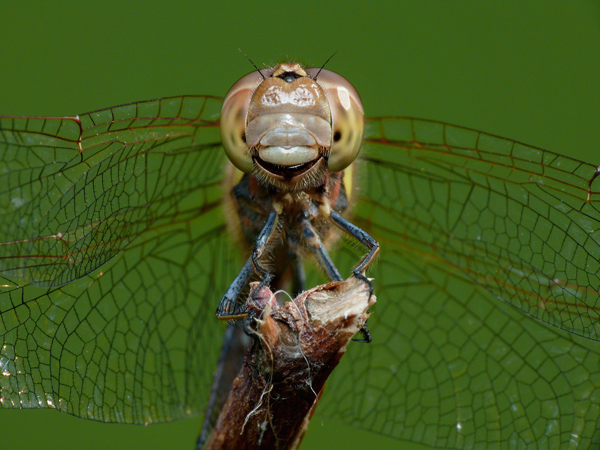 Common Darter Dragonfly (uncropped) garden photo. 30th-July-2017. by Testudo Man, on Flickr
Common Darter Dragonfly (uncropped) garden photo. 30th-July-2017. by Testudo Man, on Flickr
 Hoverfly(Syritta pipiens) on Common Fleabane. (garden photo). 26th-July-2017. by Testudo Man, on Flickr
Hoverfly(Syritta pipiens) on Common Fleabane. (garden photo). 26th-July-2017. by Testudo Man, on Flickr
So......Macro/Close up photography on a Budget...
1st up, an old camera which i really like to use. The Panasonic FZ50 Bridge camera! (c,mon now, no laughing at the back!). It is "old school"! Its 12 years old! It has a small 10.1 Megapixel sensor! Back in 2006, it cost over £350(GBP) brand new.
I bought this 2nd hand camera a couple of years ago, it cost me just £20. (GBP). I mainly use a Raynox 250 close up lens with it. I bought the Raynox 2nd hand for less than £30.(GBP). Using on-board camera flash, with a home made Pringles Diffuser, at a cost of approx. £5. (GBP) for various materials...So, total cost is less than £60. (GBP)...an we are good to go.
Note - Obviously Field craft/Skills do come in handy, and Ive had several years practice, shooting 1000's of UK wildlife images.
All my images are dated(when i shot them)...if ive written (uncropped) for one of my images, that means that no cropping has taken place for that image.
Some recent images then, all these images were taken, using my "Cheap as Chips" set up...as in, the Panny FZ50, Raynox 250, Pringles Diffuser.
Cheers Paul.
 Solitary Bee, after the rain! (garden photo). 23rd-July-2017. by Testudo Man, on Flickr
Solitary Bee, after the rain! (garden photo). 23rd-July-2017. by Testudo Man, on Flickr Fly, on a Sunflower Leaf (garden photo). 8th-August-2017. by Testudo Man, on Flickr
Fly, on a Sunflower Leaf (garden photo). 8th-August-2017. by Testudo Man, on Flickr Female Garden Spider with prey("White" Butterfly) uncropped. garden photo. 23rd-September-2017. by Testudo Man, on Flickr
Female Garden Spider with prey("White" Butterfly) uncropped. garden photo. 23rd-September-2017. by Testudo Man, on Flickr Solitary Bee, garden photo. (uncropped) 20th-July-2017. by Testudo Man, on Flickr
Solitary Bee, garden photo. (uncropped) 20th-July-2017. by Testudo Man, on Flickr Wasp, garden photo (uncropped). 7th-August-2017. by Testudo Man, on Flickr
Wasp, garden photo (uncropped). 7th-August-2017. by Testudo Man, on Flickr Common Darter Dragonfly (uncropped) garden photo. 30th-July-2017. by Testudo Man, on Flickr
Common Darter Dragonfly (uncropped) garden photo. 30th-July-2017. by Testudo Man, on Flickr Hoverfly(Syritta pipiens) on Common Fleabane. (garden photo). 26th-July-2017. by Testudo Man, on Flickr
Hoverfly(Syritta pipiens) on Common Fleabane. (garden photo). 26th-July-2017. by Testudo Man, on Flickr

 Solitary Bee, on Common Fleabane. Garden photo. (uncropped). 23rd-July-2017.
Solitary Bee, on Common Fleabane. Garden photo. (uncropped). 23rd-July-2017.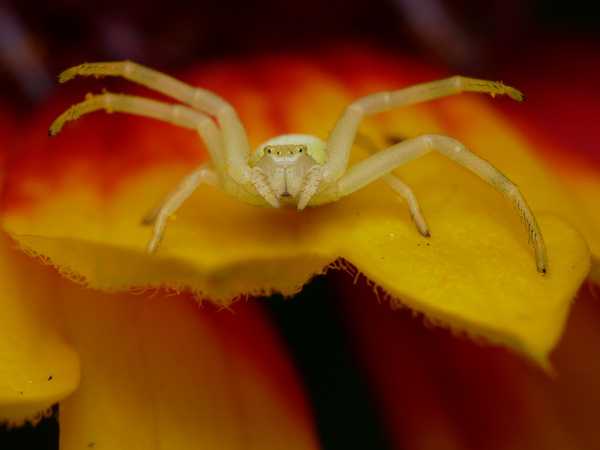 Young Crab Spider (uncropped) garden photo. 17th-September-2017.
Young Crab Spider (uncropped) garden photo. 17th-September-2017.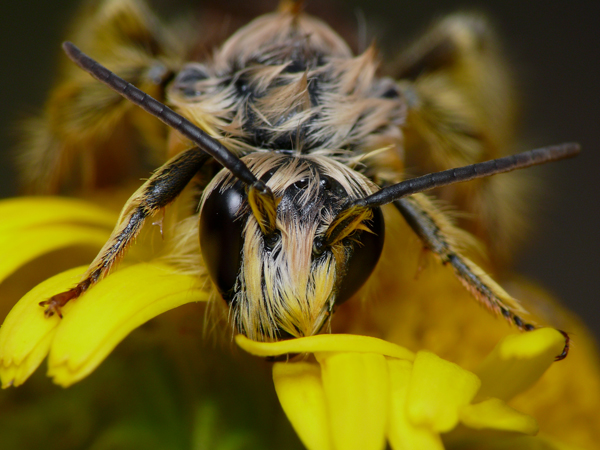 Solitary Bee, after the rain. Garden photo(uncropped).20th-July-2017.
Solitary Bee, after the rain. Garden photo(uncropped).20th-July-2017. Hoverfly(not sure what sub-species?) Garden photo. 26th-July-2017.
Hoverfly(not sure what sub-species?) Garden photo. 26th-July-2017.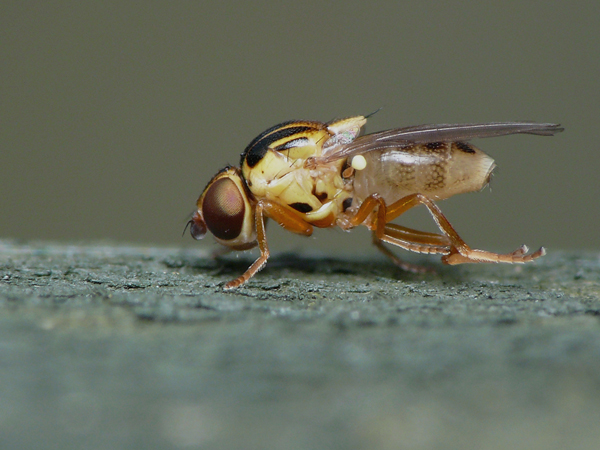 Frit/Grass Fly (3 mm!) Garden photo. 27th-July-2017.
Frit/Grass Fly (3 mm!) Garden photo. 27th-July-2017.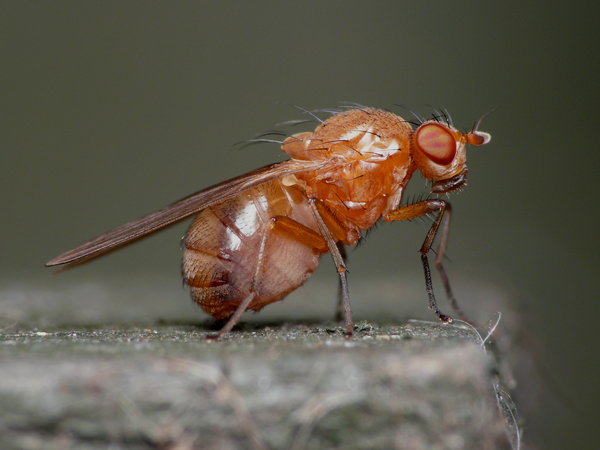 Fruit Fly, possibly?? Garden photo. 3rd-August-2017.
Fruit Fly, possibly?? Garden photo. 3rd-August-2017. Wasp, garden photo (uncropped). 7th-August-2017.
Wasp, garden photo (uncropped). 7th-August-2017. Jumping Spider with prey (garden photo). 23rd-July-2017.
Jumping Spider with prey (garden photo). 23rd-July-2017. Solitary Bees(garden photo) uncropped. 20th-July-2017.
Solitary Bees(garden photo) uncropped. 20th-July-2017. Crab Spider(garden photo) uncropped. 3rd-August-2017.
Crab Spider(garden photo) uncropped. 3rd-August-2017.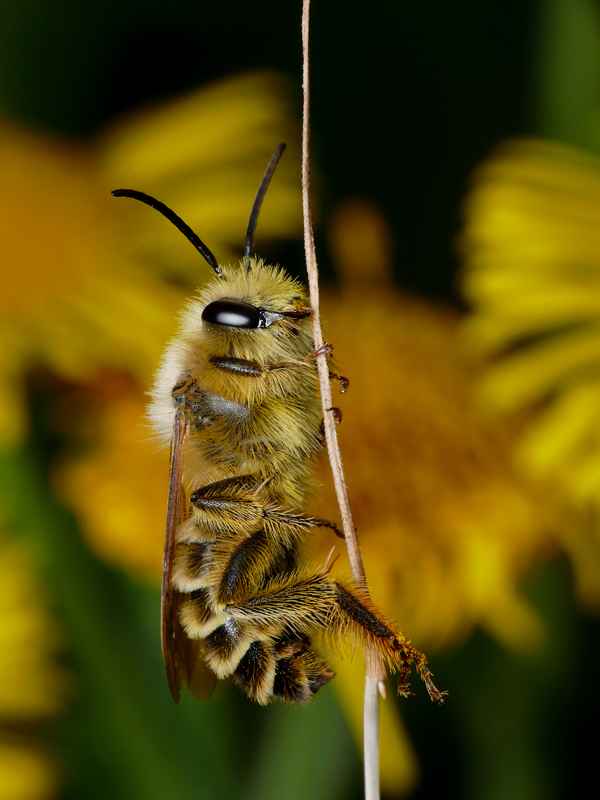 Solitary Bee(garden photo) uncropped. 20th-July-2017.
Solitary Bee(garden photo) uncropped. 20th-July-2017.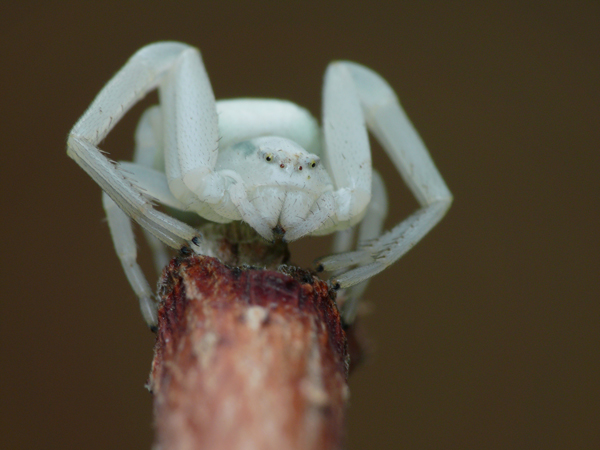 Crab Spider(garden photo) uncropped. 30th-July-2017.
Crab Spider(garden photo) uncropped. 30th-July-2017.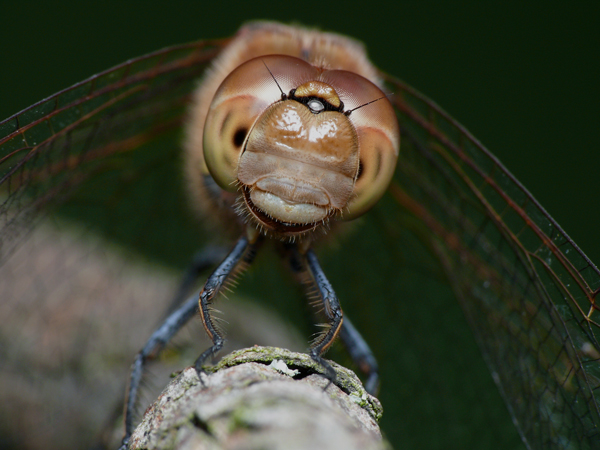 Common Darter Dragonfly, garden photo (uncropped). 30th-July-2017.
Common Darter Dragonfly, garden photo (uncropped). 30th-July-2017.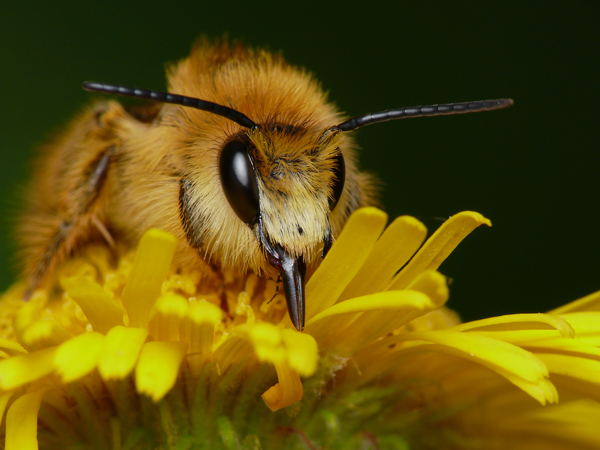 Solitary Bee(garden photo) uncropped. 15th-July-2017.
Solitary Bee(garden photo) uncropped. 15th-July-2017.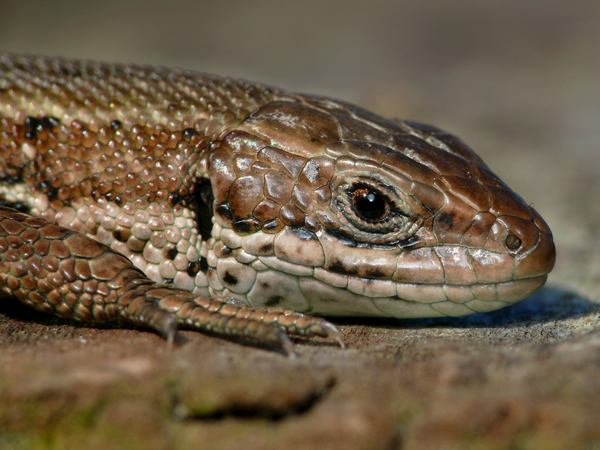 Adult Common Lizard (uncropped). 26th-September-2015.
Adult Common Lizard (uncropped). 26th-September-2015.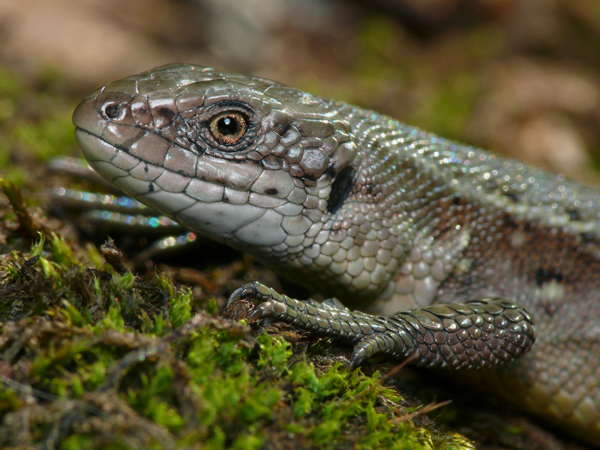 Adult Common Lizard (uncropped). 26th-September-2015.
Adult Common Lizard (uncropped). 26th-September-2015. Adult Common Lizards (uncropped). 26th-September-2015.
Adult Common Lizards (uncropped). 26th-September-2015. Marbled White Butterfly, female. (uncropped). 3rd-July-2016.
Marbled White Butterfly, female. (uncropped). 3rd-July-2016. Chalk hill Blue Butterfly (male). 16th-July-2016.
Chalk hill Blue Butterfly (male). 16th-July-2016. Chalk hill Blue Butterfly, male (uncropped). 16th-July-2016.
Chalk hill Blue Butterfly, male (uncropped). 16th-July-2016.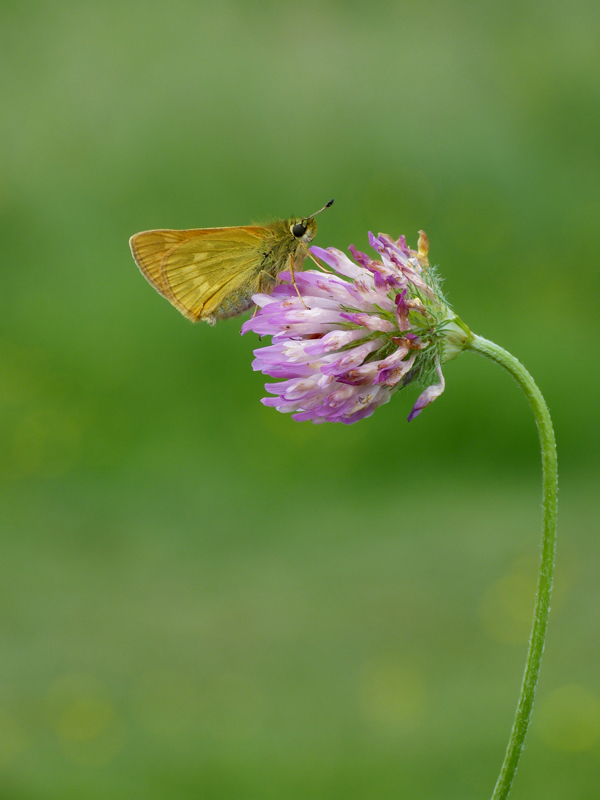 Large Skipper Butterfly (uncropped). 16th-June-2016.
Large Skipper Butterfly (uncropped). 16th-June-2016.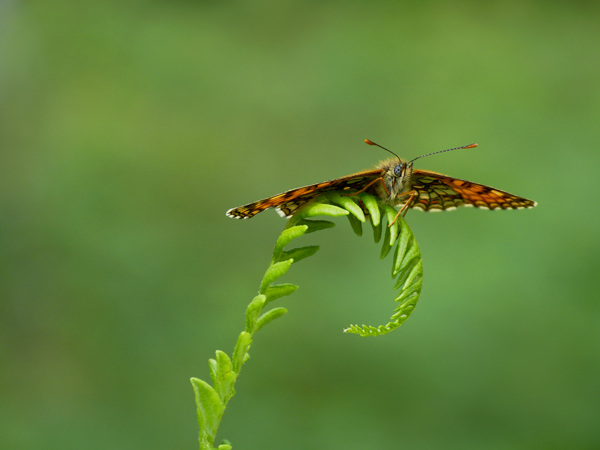 Heath Fritillary Butterfly (uncropped). 26th-June-2016.
Heath Fritillary Butterfly (uncropped). 26th-June-2016.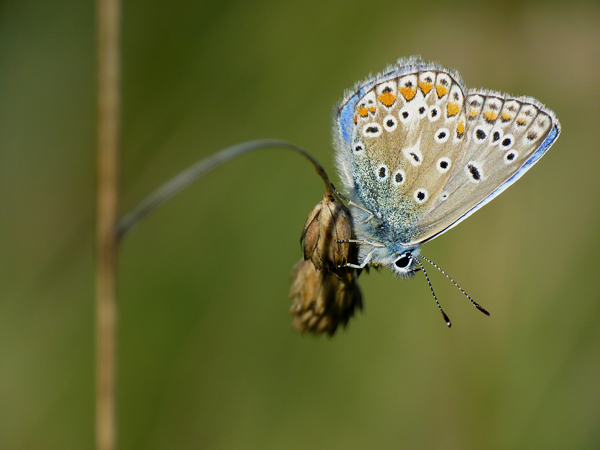 Common Blue Butterfly, Male.(uncropped). 2nd-September-2017.
Common Blue Butterfly, Male.(uncropped). 2nd-September-2017. Female Heath Fritillary Butterfly. East Blean Woods. 26th-June-2016.
Female Heath Fritillary Butterfly. East Blean Woods. 26th-June-2016. DSC_0503
DSC_0503 DSC_0507
DSC_0507 Common Darter Dragonfly (uncropped). 2nd-September-2017.
Common Darter Dragonfly (uncropped). 2nd-September-2017. Common Darter Dragonfly (uncropped) garden photo. 12th-August-2017.
Common Darter Dragonfly (uncropped) garden photo. 12th-August-2017.